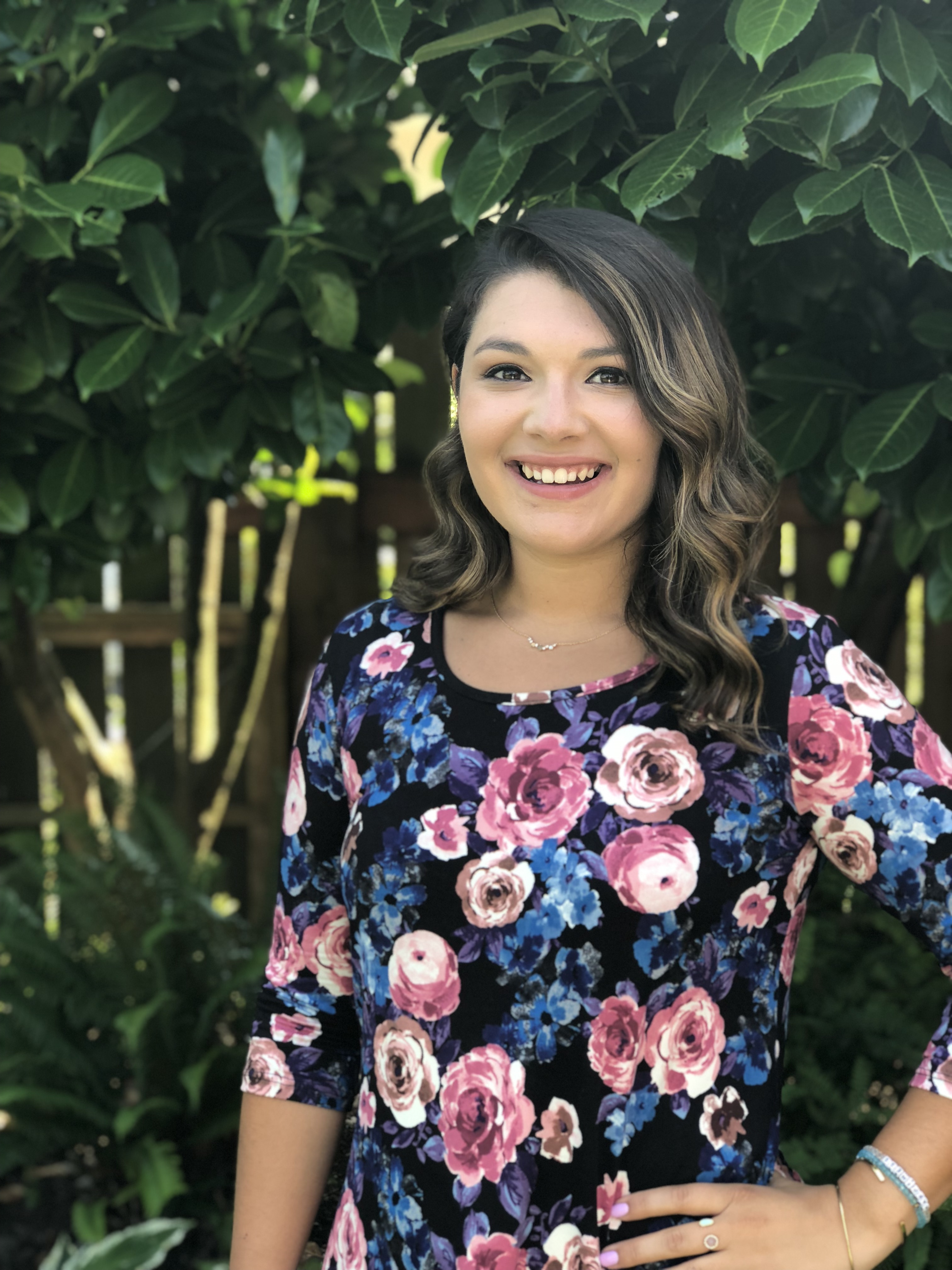
Digital resiliency has become the 2021 rallying cry; speaking to all aspects of an organization including its technology, infrastructure, disaster preparedness, internal communication, storage, and even adaptability. Oftentimes, nonprofits are slower to adapt than their corporate counterparts, with mission-critical funds taking priority growing outreach through marketing or web services. For far too many nonprofits, they rely on one major fundraising event to bring in the revenue they need to support their mission for the year. Last year and the pandemic left many nonprofits with outstanding questions:
According to Blackbaud’s 2020 Charitable Giving Report, online fundraising grew 20.7% across small, medium, and large nonprofits. While large and medium nonprofits saw an increase in year-over-year fundraising (5.3% and 1.2%), small nonprofits (>$1 million) experienced a 7.2% decrease in fundraising.
Now eight months into 2021, we find ourselves trying to assess the takeaways from 2020 and plan for the changes we know will be left here permanently. What did the large nonprofits do that the small ones were unprepared for? They had already begun thinking about digital resiliency. We've broken down three ways you can prioritize digital resiliency in your organization.
Understanding and navigating user experience is a mystery to most. User Experience (UX) design is about creating products "that provide meaningful and relevant experiences to users," according to the Interaction Design Foundation. For nonprofits, products become testimonials, stories, events, and donation requests. Within each organization, you find various audience members, donors, board members, event attendees, strangers, sponsors, and more. Each of these individuals, or users, has a unique journey they have to interact with in order to engage with your organization.
As the largest capture of strangers for an organization, events provide an easy opportunity for you to improve your user experience. Consider the full experience, event concept to post-event thank yous, how will your users come to know and understand the event as a part of your brand?
Launching into the number one peer-to-peer fundraising event spot for 2020 (as reported by Peer-to-Peer Forum), The American Heart Association’s Heart Walk gives us an example of how a large nonprofit successfully focused on user experience:
With this attentive focus on their participants, and making it easy for them to engage with the Heart Walk, The American Heart Association’s Heart Walk was the only program to top $100 million, raising $101.9 million in 2020.
With online giving at an all-time high, donors now expect white-glove service when they arrive at your “front door”. While we used to hold it open to them at our offices, in person, they are now arriving at our websites. With no one to help them but their own expertise. Take a look at your own website and notice:
Your website is what leads strangers to become supporters. The goal of all social media posting, awareness campaigns, advertisements, is to funnel these individuals back to your website and become new donors, members, or volunteers. Your job is to create an easy user experience for them to take those actions. Susan G. Komen gives us an example of how a large nonprofit successfully focused on its web presence:
You can learn more about how to review your website and what’s important for nonprofits in this blog.
If nothing else, we must learn from 2020 that adaptation leads to success. The ability to pivot quickly and capitalize on the opportunity is what allowed some organizations to stay relevant. The best place to start with creating flexibility within your organization is creating structure. Establishing a strategy for your social media platforms and website will give you a clear picture of where you’re going in the next year, three years, and five years. Then, when you are forced to pivot, which will happen, you will be able to rely on this structure and technique to see you through. St. Jude Children’s Research Hospital gives us an example of how a large nonprofit successfully adapted:
2020 taught us all a lot. As we look to the future, nonprofits who focus on user experience, engaging web presence, and having the flexibility to adapt will mean more donations and a deeper connection to the community you’re serving. It’s not just about gaining awareness, it’s about changing actions.
If you’re looking for a partner to help you strategize your next steps, we’re here to help. Sign up for a consultation and we will work with you on what tools are right for you to become digitally resilient.
Resources

Kaitlyn Salazar is the Director of Strategic Partnerships. With eight years of experience in the nonprofit sector, Kaitlyn is well versed in peer-to-peer, fundraising campaigns, leadership giving, virtual and in-person events, and donor management. Kaitlyn has managed a $3M portfolio and successfully increased corporate and individual giving by 11% in a single year. Kaitlyn moved to the Tapp team after working in development at the American Heart Association, Children’s National Hospital Foundation, and Wolf Trap Foundation.